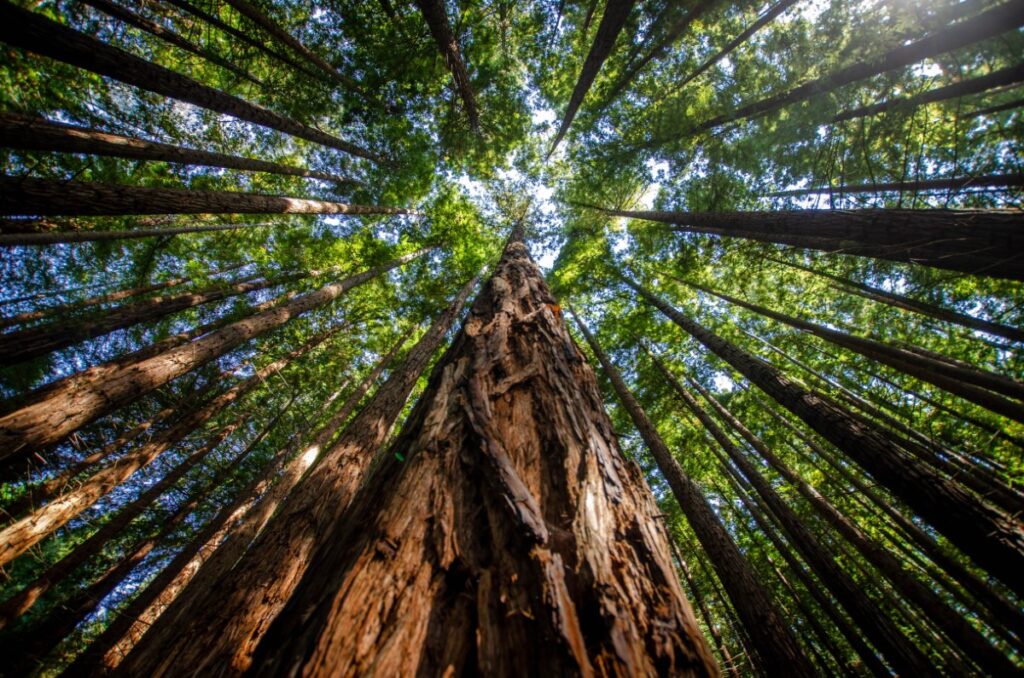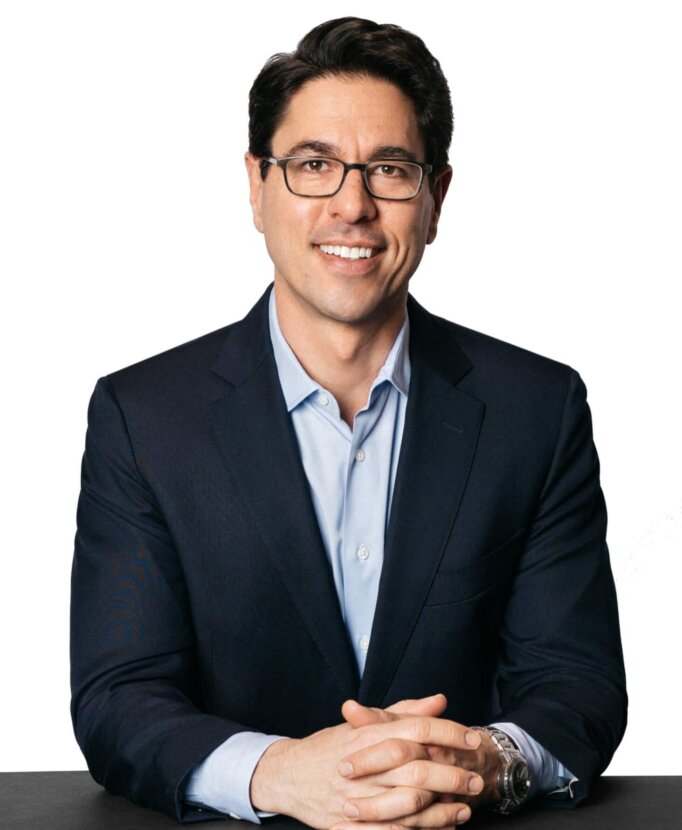Celeb Shot
Taming Fire: Transformation in the Age of Disruption
Instead of helping employees simply cope with disruption, how can leaders foster an environment where employees can thrive in an age of disruption? Resilience expert and audience favorite Andy Bernstein shares a surprising lesson from the natural world.

Once upon a time, helping people become better leaders was relatively simple. You would find a venue. You booked a motivational speaker. People came, they mingled, and they returned to the office inspired and recharged.
Today, that seems impossibly quaint.
We are so culturally divided, politically polarized, and psychologically depleted that people need an intervention more than an offsite. Gertrude Stein once quipped about her demolished childhood house that there is no there there. Today, with the demolished separation of work and home, there is no here here. We are never fully present. It’s exhausting.
Is there a potential upside to today’s disruption? Yes, and it’s enormous. But seeing it requires a trip to the Rocky Mountains, and learning a lesson from a famous bear.
Prevent Forest Fires
In the summer of 1910, over three million acres of the Rocky Mountains burned in uncontrolled wildfires. To prevent a recurrence, the U.S. Forest Service built hundreds of fire towers and employed thousands of park rangers.
Over the decades that followed, fire suppression became one of the Forest Service’s highest priorities. Smokey Bear’s message—“Only YOU can prevent forest fires” — is still remembered by generations of Americans. Through a combination of general fear and specific policy, forest fires were dramatically reduced, and millions of trees were saved. Conservationists were proud of what they had achieved.
Until they saw the sequoias.
Solving a Paradox
The giant sequoia is the most massive tree on Earth and one of the oldest living organisms. It can grow to over 300 feet tall and live for more than 3,000 years. In the late 19th century, gargantuan cross-sections of fallen sequoias drew crowds of amazed spectators in New York and London.
But in the 1960’s, Ranger Naturalist Dick Hartesveldt took a closer look at the living trees and noticed a problem—they weren’t reproducing. The reason? Sequoia seeds germinate after fire clears the soil around them. Decades of fire suppression were killing them.
Hartesveldt was part of a new wave of naturalists who realized that fire didn’t disrupt nature—it was nature. If the Forest Service continued to save trees from fire, the sequoias would become extinct. As forestry officials absorbed this paradox, they changed their policies to make prescribed, controlled burns an integral part of forest management.
They also changed Smokey Bear’s message: “Only you can prevent forest fires” became “Only you can prevent wildfires.” All the fires weren’t bad. It was the high-intensity wildfires set by careless people that needed to stop. A properly-managed low-intensity fire should not be prevented — the world’s greatest trees depend on it.
It turns out, so do the world’s greatest leaders.
Embracing Fire
Around the world, two traits correlate most strongly with effective leadership — drive and humility.
Drive because you need to get things done.
Humility because, as you get things done, you need to recognize when you’re wrong, and you need to create a culture of trust where good people and good ideas thrive.
Most leaders in the West don’t lack drive, but how do you increase humility? Humility isn’t a function of intelligence or talent. It’s a function of adversity. Humble shares the same root as humus, the Latin word for ground. Just as fire clears physical ground for sequoia growth, adversity clears psychological ground for personal growth. It humbles us, burning away old patterns of thought to make room for something new.
This doesn’t have to be traumatic — it’s the internal transformation that matters, not the external hardship.
To leverage this, teach people how to challenge their own thinking, not just the thinking of those around them. Train them to step into each other’s shoes. Encourage vulnerability. Help people get grounded in the reality that we’re all human, we’re all fallible, and we’re all doing our best.
This is not a license for passive acceptance. It’s a recognition that the things we want to change are part of a larger system, and our best shot at changing the system comes from addressing root causes.
People today are struggling. Give them tools to convert this struggle into fuel. Otherwise, the dead weight of frustration and resentment keeps building all around us. Good stewards of forest management—and people management—don’t allow this to happen. To paraphrase Smokey, only YOU can prevent organizational wildfires.
Adversity, when managed properly, is an opportunity for accelerated growth. Don’t suppress the fire.
Harness it.
Events aren’t easy, but working with WSB is. WSB works with thousands of respected influencers, thought leaders, and speakers each year and our experienced sales team is committed to the success of your event. For more resiliencespeaker ideas, please contact us.
